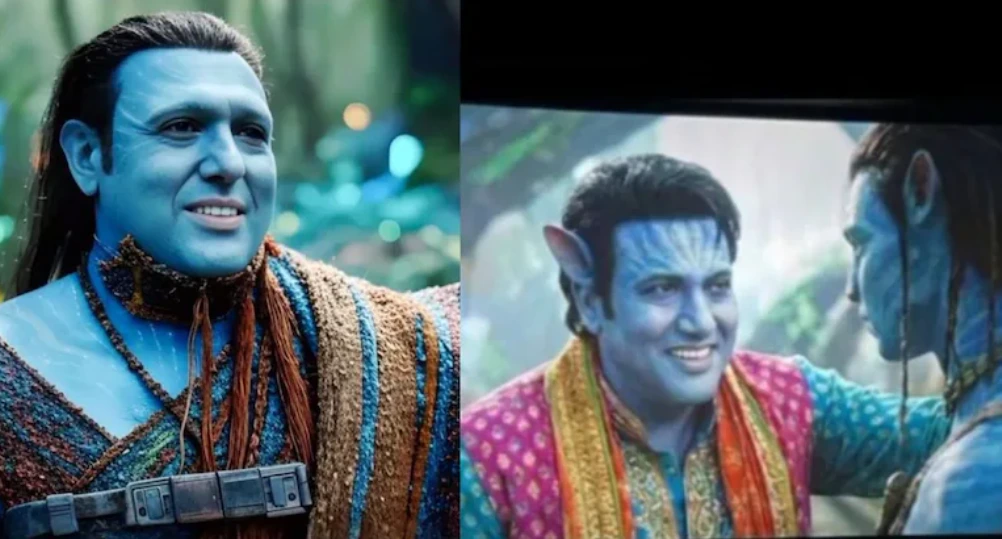Entertainment
Amitabh Bachchan posts hilarious tweet after losing blue tick on Twitter
The actor demanded to restore his blue tick as he has paid the subscription fees of Twitter Blue.
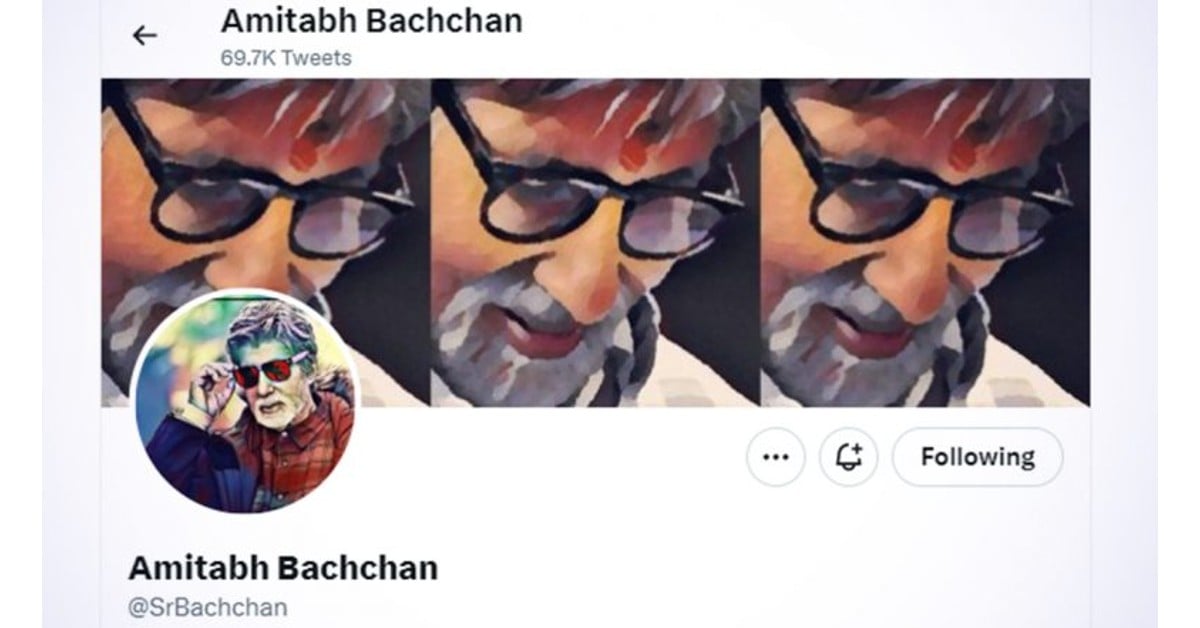
Entertainment
Dhurandhar box office collection crosses Rs 1,000 crore worldwide in 21 days
Dhurandhar has crossed Rs 1,000 crore worldwide within 21 days, becoming the highest-grossing Indian film of 2025 so far.
Entertainment
Govinda’s Avatar: Fire and Ash cameo clips go viral, truth behind the AI-generated videos
AI-generated videos claiming Govinda’s cameo in Avatar: Fire and Ash have gone viral, but the actor does not appear in the film.
Entertainment
The Odyssey trailer: Christopher Nolan unveils first look of epic journey led by Matt Damon
Christopher Nolan has released the first trailer of The Odyssey, offering a glimpse into Matt Damon’s epic journey home after the Trojan War.
-
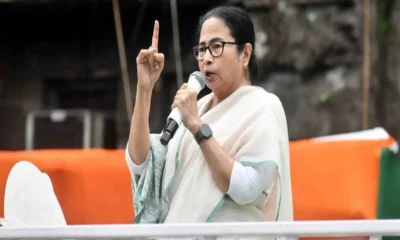
 India News19 hours ago
India News19 hours agoMamata Banerjee says ED raids on I-PAC have politically rejuvenated her
-
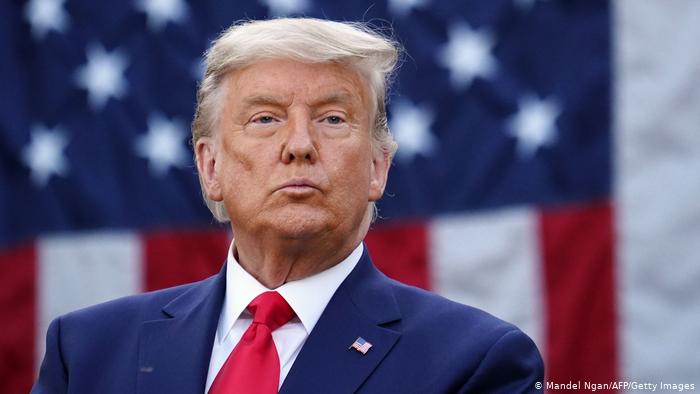
 Latest world news19 hours ago
Latest world news19 hours agoTrump again threatens forceful takeover of Greenland citing US security concerns
-

 India News19 hours ago
India News19 hours agoAyodhya bans online delivery of non-veg food within 15 km of Ram temple
-
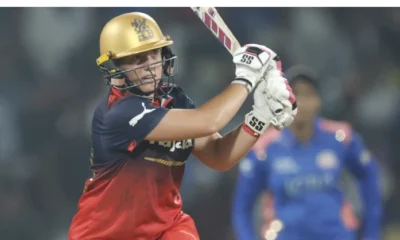
 Cricket news19 hours ago
Cricket news19 hours agoNadine de Klerk’s all-round brilliance powers RCB to thrilling win over MI in WPL 2026 opener
-
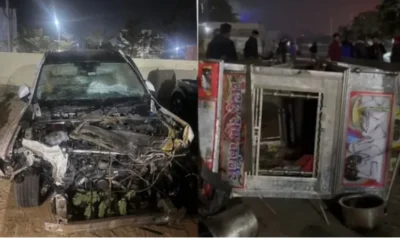
 India News19 hours ago
India News19 hours agoDrunk speeding Audi crushes pedestrians in Jaipur, one killed and 15 injured













